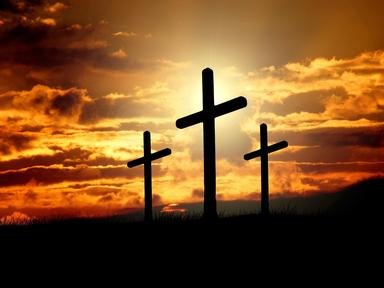Quiz Answer Key and Fun Facts
1. This bird is associated with St. John, Apostle and Evangelist.
2. This unlikely animal is the symbol of another of the Gospel writers.
3. St. Lucy has a rather unusual symbol. Which one is it?
4. We know St. Nicholas of Myra better as Santa Claus. What is his symbol?
5. Which of these is the symbol of St. Agatha?
6. St. Antony of Egypt is usually depicted in art with which one of these animals?
7. St. Mary Magdalene is usually depicted in art holding this.
8. St. Francis of Assisi is often depicted in art surrounded by birds and small animals like foxes and mice. Despite this, his symbol is not an animal but a representation of a miracle. Which one?
9. St. Katherine of Alexandria's symbol is an instrument of torture. Which one of these is it?
10. St. Barbara has this kind of building as her symbol.
Source: Author
Cymruambyth
This quiz was reviewed by FunTrivia editor
ArleneRimmer before going online.
Any errors found in FunTrivia content are routinely corrected through our feedback system.
